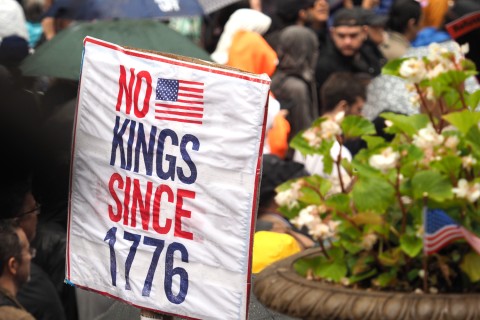November 6, All Saints: Luke 6:20-31
"Why does your president want to drop bombs on us?” shouted the elderly woman. She pressed her index finger into my chest.
It was Pentecost, 1984. We were in the Soviet city of Zagorsk (now Sergiyev Posad), standing outside Holy Trinity–St. Sergius Monastery, one of the holiest places in Russian Orthodoxy. We had just finished worship. She was angry, and she pressed me—a newly minted Presbyterian pastor from the United States—for an answer.
The previous year, President Reagan had delivered his infamous “evil empire” speech, in which he declared the USSR to be a warmongering, morally bankrupt state. The speech coincided with one of the most massive buildups of nuclear weapons in the cold war period.





